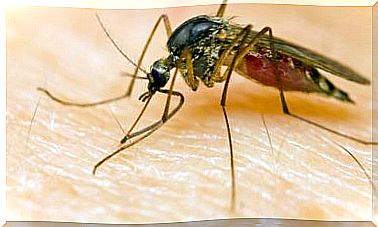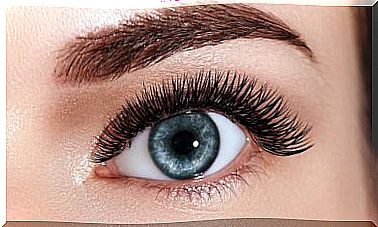Mite Allergy
The best way to control mite allergy is to avoid humidity and dust in the home. Although it is impossible to completely eradicate these insects, dry and clean environments prevent their indiscriminate proliferation.
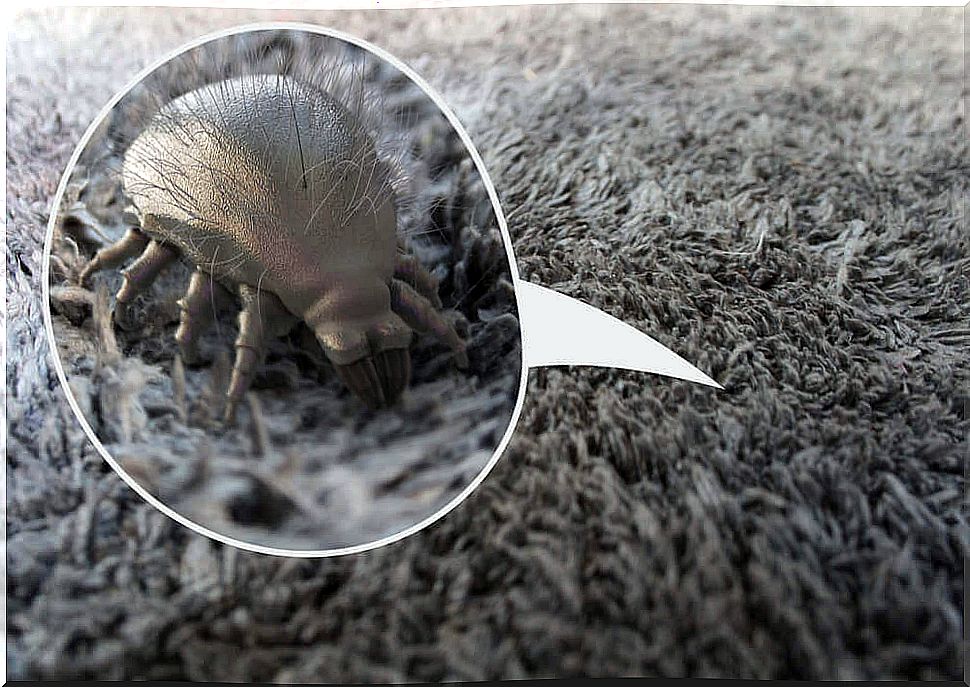
Mite allergy is one of the most common allergies in the world today. It is not easy to manage it, since the mites are mainly in the dust and this, in turn, is everywhere. Controlling the problem, then, is going to require continuous effort.
Allergy to mites causes various manifestations such as sneezing, watery eyes, itchy nose and even adverse skin reactions. Today, this type of allergy is considered to have a significant impact on problems such as asthma, even more than other substances such as pollen.
It is virtually impossible to remove mites from the home or workplace. However, it is fully proven that, with some basic measures, the allergy to mites can be kept under control and the symptoms can be reduced to a minimum possible.
More about mites
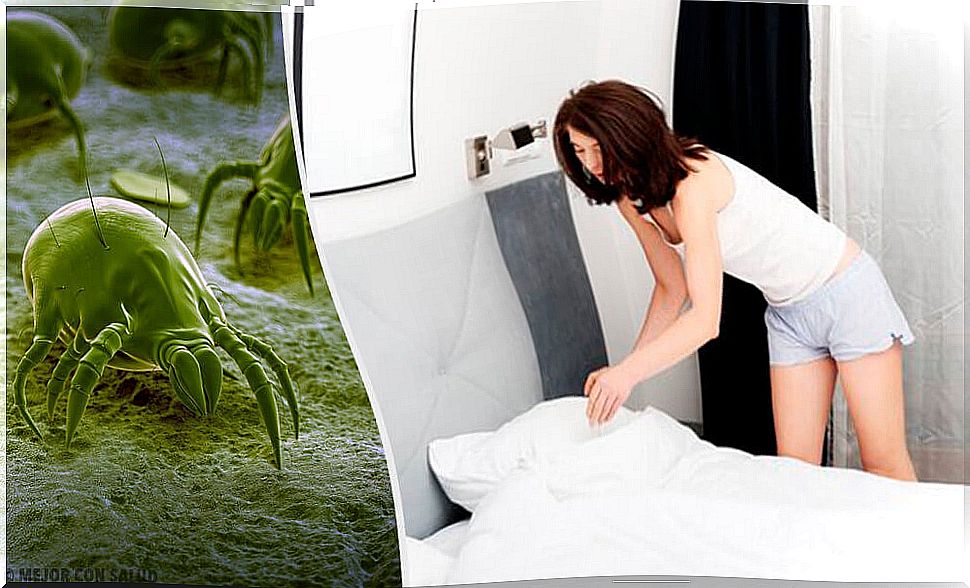
They are microscopic animals of the arachnid family that are present in various environments. Dust mites are the main allergy triggers in humans. It is believed that 10-20% of the population is sensitive to these organisms.
They are present, above all, in hot and humid environments. Dust mites mainly feed on human or animal skin. Humans shed about a gram of skin a day.
The allergy to mites is triggered by the excrement that these animals leave on the skin , or also by the dead mites that remain there. These intruders are mainly housed in objects made of cloth or some textile fiber, such as pillows, mattresses, upholstered furniture, carpets, curtains, etc.
Allergy to mites
Mite allergy is an immune reaction to these insects . The manifestations of it are similar to those of allergic rhinitis or hay fever. This includes sneezing and dripping mucus. Symptoms similar to asthma may also appear, such as wheezing or trouble breathing.
Likewise, it is common to have nasal congestion , itchy nose, ears or throat, eye irritation, eyelid inflammation, hives and cough. Rhinitis symptoms manifest mainly in the early hours of the morning.
The allergy to mites can have different levels of intensity. In its mildest forms, it only causes slight nasal congestion and watery eyes from time to time. When the allergy is severe, symptoms are constantly present and are often associated with asthma.
Causes and risk factors
Every allergy is an immune response to some external agent. In these cases, the immune system produces antibodies to defend the body against said agent. Such a system identifies that agent as a harmful factor, although in reality it is not.
The substance that causes the allergy is called an allergen . When it comes into contact with the body, it responds by generating inflammation in the nasal passages or lungs. If you are in constant contact with the allergen, the inflammation also becomes continuous and can lead to asthma.
People with a family history of allergies are more likely to develop an allergy to mites. Also children and younger people, especially if they live in an environment where there is a lot of dust. The problem is detected by allergy skin tests or blood tests to detect allergies.
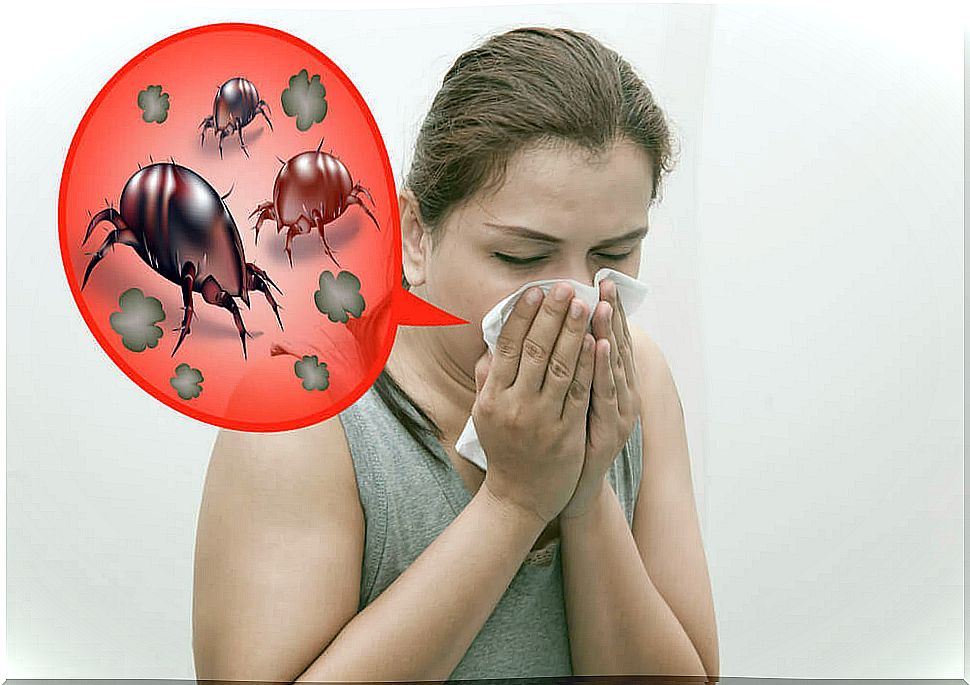
Other facts to consider about allergy to mites
The best strategy to combat an allergy to mites is to minimize your exposure to them. This is accomplished by taking the necessary steps to remove dust as much as possible. It is best to use a damp cloth to clean the dust, as this prevents it from spreading through the environment.
You should regularly vacuum upholstered furniture, rugs, curtains, etc. The vacuum cleaner must have a suitable filter to remove dust thoroughly. The most appropriate thing, in any case, is to maintain order and not accumulate objects so that the dust does not concentrate.
It is not advisable to have rugs if someone in the home has a mite allergy. On the other hand, it is best to wash the bedding once a week and choose anti-allergy pillows and bedspreads.
In some cases, the doctor will order an allergy treatment. In principle, this includes antihistamine drugs, decongestants, corticosteroids and the like. You may also start an immunotherapy treatment.

